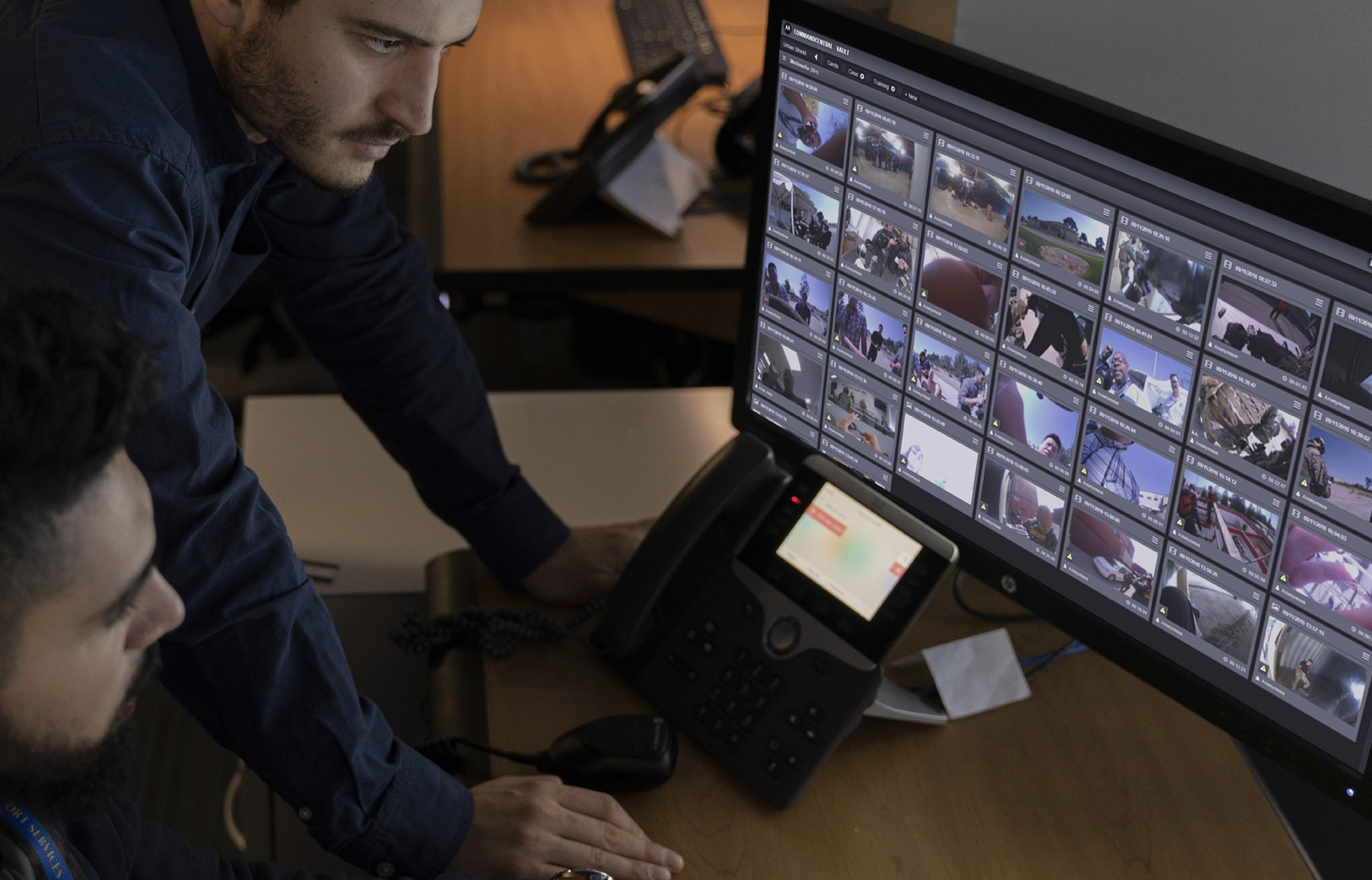
Body-worn cameras are now standard in many police departments. They help build trust, increase accountability, and improve officers' and public safety. But agencies often overlook one aspect of body camera programs when budgeting: the cost of storing the video.
Many departments find that storage is the single most expensive part of their body camera system. Without a plan, storage costs can quickly escalate out of control. This blog explains why that happens and what your agency can do to stay ahead of it.
Why Storage Is the Real Cost Driver
According to the U.S. Department of Justice's report, "Implementing a Body-Worn Camera Program: Recommendations and Lessons Learned," storage should be a top consideration when planning your deployment.
“Storing videos over the long term is an ongoing, extreme cost that agencies have to anticipate.”
- Capt. Thomas Roberts, Las Vegas Metropolitan Police Department
Here's why:
-
High-volume video: A single officer can generate several hours of HD video per shift. Multiply that by your entire department, and the data adds up fast.
-
Retention requirements: Laws often require you to store video for at least 90 days, and longer if it involves arrests, use of force, or investigations. In Illinois, the SAFE-T Act mandates the use of cameras and establishes minimum retention standards.
-
Recurring storage costs: Unlike the one-time cost of purchasing cameras, cloud storage, and evidence systems, these services come with ongoing monthly or annual fees.
-
IT resource demands: Managing large video files, categorizing evidence, and maintaining secure access takes time and support, either in-house or from a vendor.
How to Control Body Camera Storage Costs
Planning can help your department avoid budget surprises. These strategies can reduce storage costs without compromising compliance or access to data.
1. Set Retention Policies by Video Type
Long-term storage isn't necessary for all footage. Most departments separate video into two categories:
-
Evidentiary: This includes crimes, arrests, the use of force, or any confrontational encounters. This footage is often retained for months or years.
-
Non-evidentiary: Routine interactions with no incident. Depending on department policy, an officer can usually delete this type of video after 30 to 90 days.
Using an evidence management system to automate retention schedules helps prevent unnecessary storage costs.
2. Use Tiered or Hybrid Storage
Store active or recent footage on high-access storage. Older or archived footage can be moved to lower-cost storage options, such as cold cloud storage or local backup systems. This approach keeps essential footage accessible while minimizing expenses.
3. Offload Critical Long-Term Footage
Footage related to severe cases, such as homicide investigations, may need to be stored indefinitely. Many departments export these files to secure external drives or dedicated servers to free up space in their central system.
4. Plan for the Full Picture
The cost of a camera is only one part of the equation. Ensure that you include storage, software licensing, integration with other systems, and IT support in your total cost of ownership. If your agency plans to increase usage to comply with a mandate, the cost grows rapidly.
How We Can Help
At Chicago Communications, we collaborate with public safety agencies across the Midwest to develop effective and sustainable body camera programs.
We offer multiple body-worn camera solutions, each with features that support secure video capture and efficient data management:
-
VB400 – A rugged, always-on camera with up to 64GB of internal encrypted storage, Bluetooth and Wi-Fi connectivity, and flexible mounting options.
-
V200 – Designed for sectors like education, healthcare, and hospitality, the V200 supports live streaming and secure storage for routine or escalated incidents.
-
V700 – An LTE-enabled camera designed for dynamic field operations, the V700 offers continuous connectivity and high-quality video, making it well-suited for agencies that require real-time awareness and seamless integration with dispatch systems.
We also provide video surveillance and management software solutions to help departments organize, retain, and access footage per policy and legal requirements.
Whether you're starting or expanding your existing system, we can help you build a plan that covers everything, including storage.



